How customer complaints can protect your business
Customer complaints are a great source of information when it comes to identifying food safety and quality hazards within your business. I am asking you to think outside the box. There is so much data available in your food business that is not utilised for business risk mitigation – so now you are prompted to dig a little deeper.

Start with customer complaints
Codex HACCP along with the majority of GFSI standards require a food business to identify all potential hazards that may occur within their food business. Hazard identification should not be hard, however many food safety and QA managers struggle with this activity. One of the easiest ways to find out what hazards can occur is to review your customer complaints.
How to achieve this Challenge
Step1: Review your customer complaints data to see what customers have complained about in the past.
Step 2: If you have not done so already, group these customer complaints into different categories like microbiological, chemical, physical, quality, allergens and regulatory.
Step 3: Get a copy of your hazard analysis and see if these individual hazards have been assessed as part of your HACCP plan.
Step 4: If you find that the hazard identified in the customer complaint has not been covered by your hazard analysis, document the hazard and complete the risk assessment (hazard analysis). Because you have already received a complaint, your likelihood rating should not be rated as “will not happen”.
Step 5: Anytime your food business receives a customer complaint, make sure you cross reference and document it within your hazard analysis.
Common Customer complaints and their hazard categories
Some of the more common customer complaints that I come across include:
- The finished product was packed into the wrong packaging (quality)
- Piece of metal embedded in the finished product (physical)
- Cockroach or other insects found in the finished food (physical)
- Product does not correctly label allergens in the ingredient list (regulatory / allergens)
- The product is not the correct weight as stated on the packaging (regulatory / quality)
- Food product has a chemical taste on consumption (chemical)
- Soft plastic found stuck to the product (physical)
- The food product is not salty enough (quality)
- The product made me sick when I ate it (microbiological)
Reviewing Customer complaints
It is also good practice to incorporate a regular review of your customer complaints. The most common frequency is quarterly. This may need to be more frequent if you receive a lot of customer complaints. Whatever frequency you choose, just be proactive about tying the customer complaints back to your hazard analysis. If you know what can go wrong, you can better control your food safety compliance risks.

相关热词搜索:
[责任编辑:]
 盒装水果省事不卫生 实验解释3大疑问
盒装水果省事不卫生 实验解释3大疑问
 “食安中国网”手机站上线通知
“食安中国网”手机站上线通知
 食安中国网关于2015年春节放假的通知
食安中国网关于2015年春节放假的通知
 【杂志订阅】《食品安全导刊》杂志订阅优惠活动
【杂志订阅】《食品安全导刊》杂志订阅优惠活动
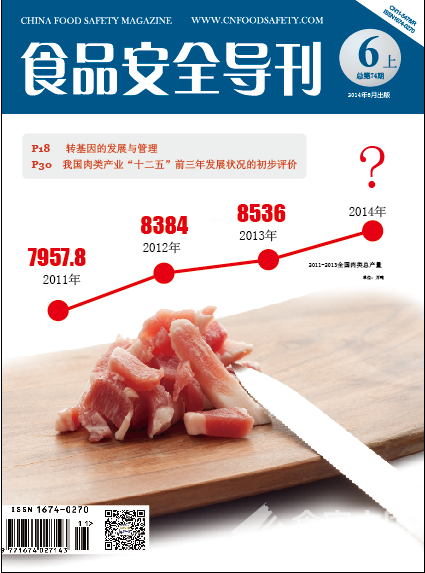 《食品安全导刊》杂志2015年征订开始
《食品安全导刊》杂志2015年征订开始
 扫“食安中国”官方微信,送《食品安全导刊》杂志
扫“食安中国”官方微信,送《食品安全导刊》杂志
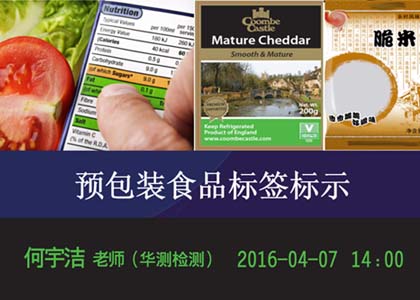 4月7日免费热门直播课(预包装食品标签)来袭!
4月7日免费热门直播课(预包装食品标签)来袭!
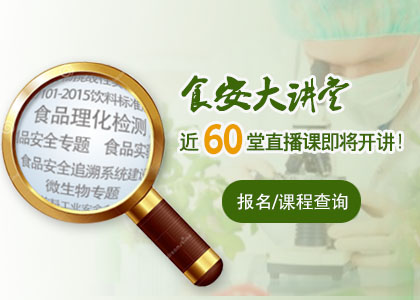 食安大讲堂_2016年近60堂直播课即将开讲啦!
食安大讲堂_2016年近60堂直播课即将开讲啦!
 IFFA全球肉制品行业翘首以盼的舞台
IFFA全球肉制品行业翘首以盼的舞台
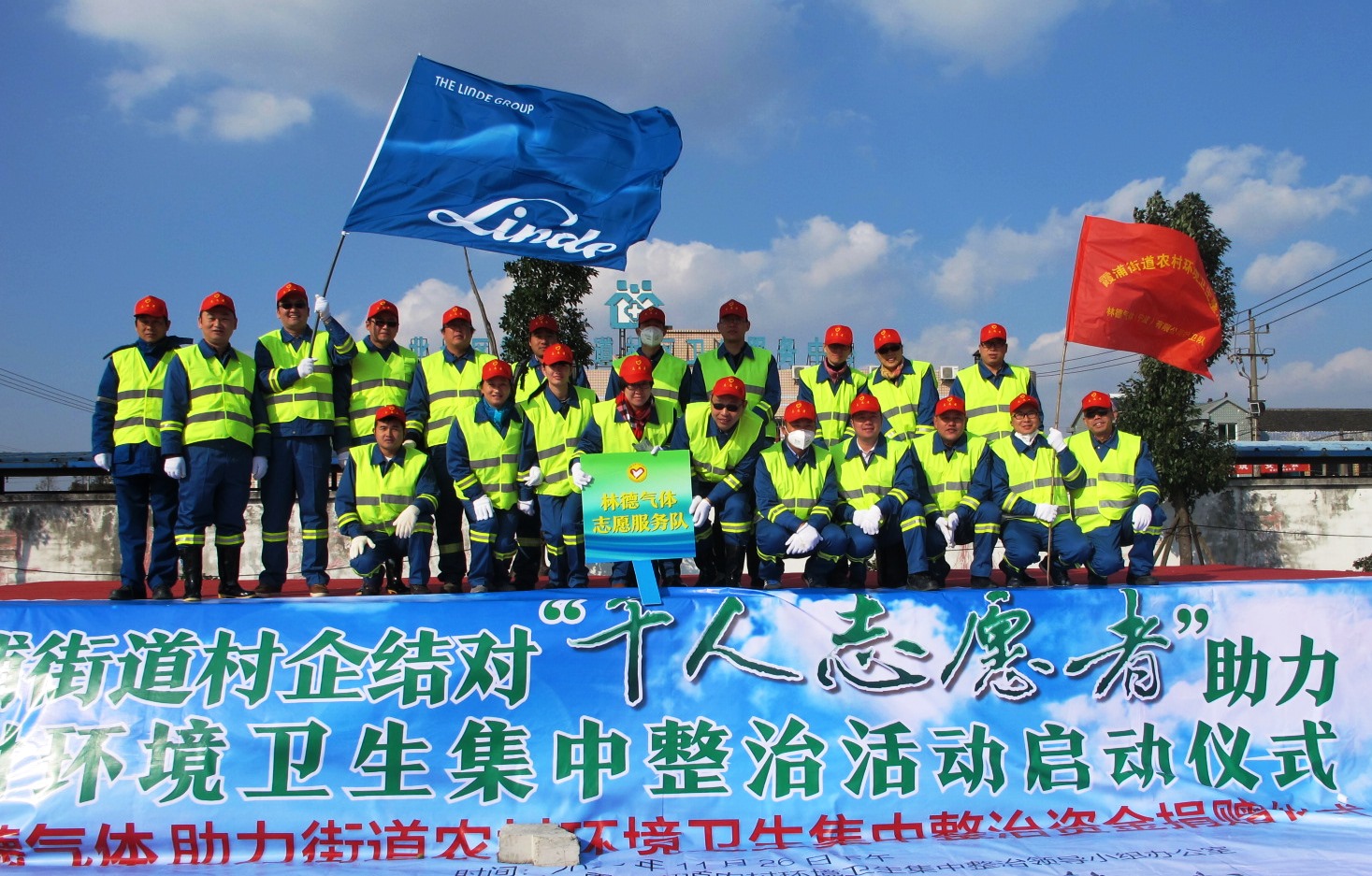 林德与天青水秀的未来中国
林德与天青水秀的未来中国
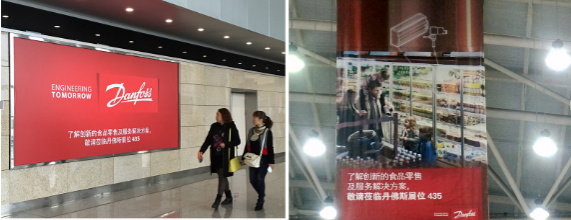 智能商超方案助力商超节能降本新常态
智能商超方案助力商超节能降本新常态
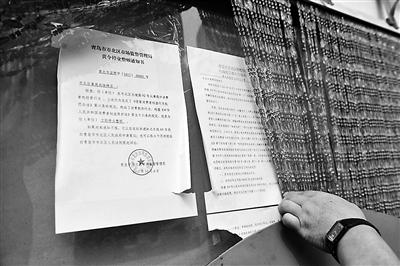
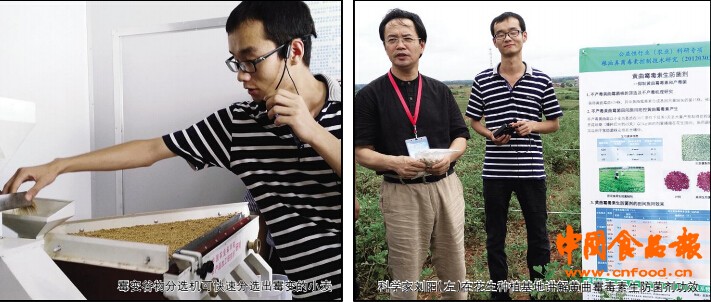


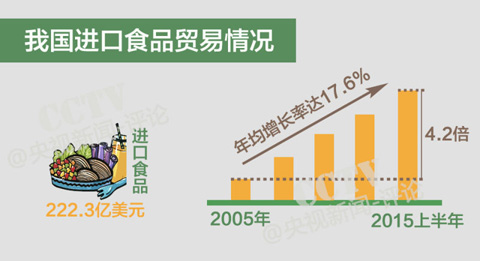

参与评论